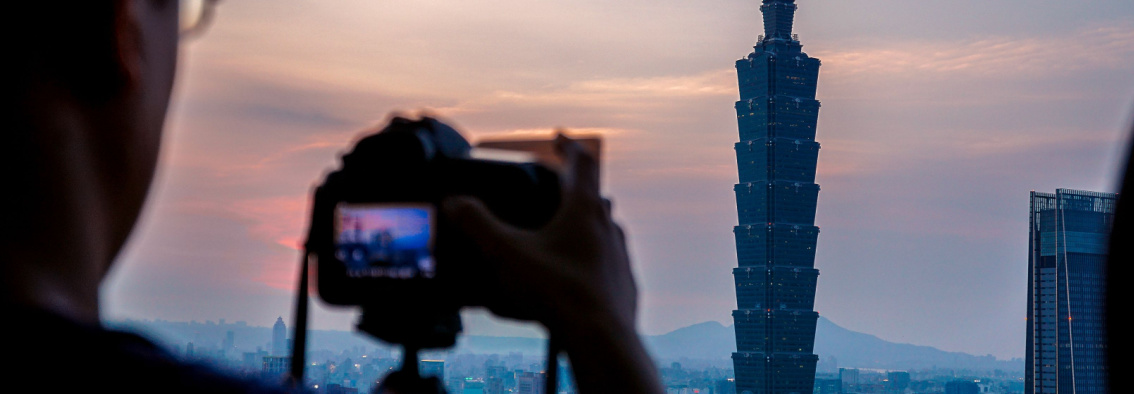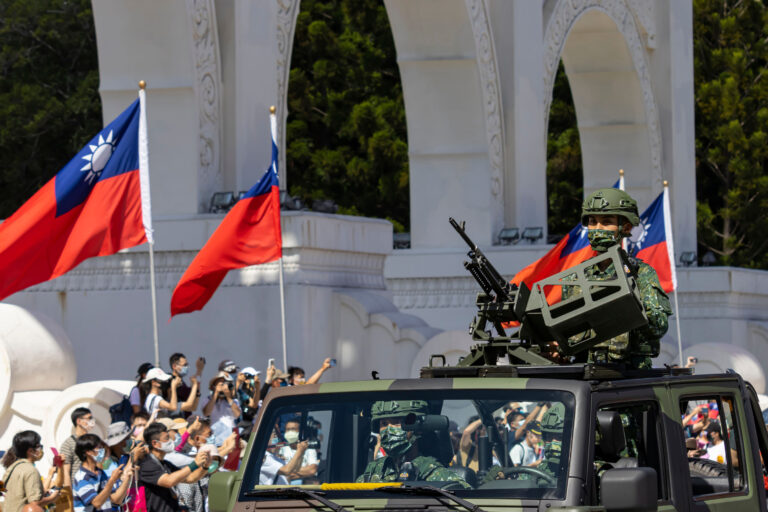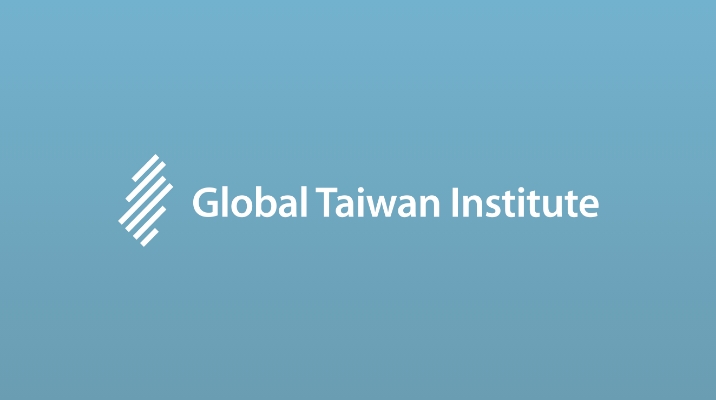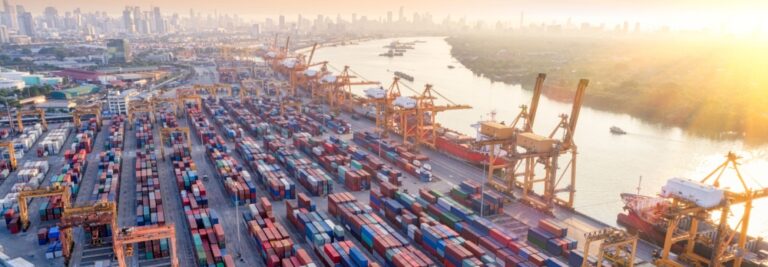Tourism and Soft Power
Due to the fact that tourism is primarily seen through an economic lens, people do not usually give much thought to tourism when discussing foreign policy and international relations. However, tourism plays an essential role in politics—namely in the realm of soft power, defined as a country’s ability to influence others without resorting to coercive pressure. When it comes to tourism, the idea is that through shared positive experiences facilitated by in-person visits, people will develop a favorable opinion of the destination nation. In turn, these experiences can bolster a nation’s international image and legitimacy. As a result, tourism serves Taiwan’s economic and diplomatic objectives, both boosting Taiwan’s international support and diversifying its global connections.
Overview of Taiwan’s Tourism
Taiwan’s export-driven economy has a particular focus on technology, namely semiconductors. However, in recent years, the nation has invested heavily in its tourism industry to drive growth and diversify the economy. Taiwan’s most successful year of tourism was 2019, right before the sector was paralyzed by the COVID-19 pandemic just months into 2020. That year, Taiwan saw over 11.8 million visitors to the island in 2019, with earnings from tourism for the year estimated to have surpassed NTD 445.6 billion (USD 14 billion).
Globally, COVID-19 precipitated the loss of jobs and trillions in revenue for the global tourism industry. For its part, Taiwan received 1.37 million international tourists in 2020, with earnings from tourism reaching NTD 53.9 billion (USD 1.8 billion)—representing an 88.3 percent and 87.5 percent decline from the previous year respectively. Albeit slowly, the industry has steadily recovered and appears to have returned to a level one may consider “normal.” Still, Taiwan has yet to see its number of international visitors reach 2019 levels, welcoming 7.85 million tourists in 2024. Though the number of visitors is small compared to more famous tourist destinations in the region, like Japan and Thailand, this is an improvement from 2023, during which Taiwan had 6.4 million visitors.
Chinese Tourism to Taiwan
As the People’s Republic of China (PRC) economy grew after its “reform and opening up” policy, a new market opened: PRC-origin tourism. Quickly, Taiwan saw a chance to expand its tourism industry and improve people-to-people exchanges across the Strait. During the administration of China-friendly Kuomintang (KMT, 國民黨) President Ma Ying-jeou (馬英九) from 2008 to 2016, cross-Strait relations were highly amicable. During this period Taiwan and China signed numerous cross-Strait agreements, many of which had practical applications, such as agreements on civil air transportation and postal service cooperation. Eventually, Ma’s approach culminated in a historic 2015 meeting with PRC President Xi Jinping (習近平) in Singapore. During this golden era of cross-Strait relations, Chinese tourists were the largest group of visitors to the island. In 2015, during the surge in tourism, Taiwan saw over 10 million visitors, with 4 million from China, accounting for 40 percent of visitors.
As shown in President Ma Ying-jeou’s 2015 New Year’s Day Message, when he said cross-Strait exchanges are “…going to lay the foundations for peace among the next generation of ethnic Chinese,” the hope was that the increased people-to-people exchanges would not only provide economic benefits but also foster mutual understanding and reduce tensions in the long term. Some also believed that Chinese tourists or students in Taiwan could be inspired by its democracy and later push for democratic reforms after returning to China. For instance, a 2016 Reuters report covered Chinese tourists’ interest in Taiwanese democracy, with one tourist and Chinese Communist Party (CCP, 中國共產黨) member saying, “In China, democracy is just a word, but in Taiwan they put it into practice.” However, thus far, Chinese tourism to Taiwan has not produced democratic change in the PRC. Moreover, the cross-Strait relationship would steadily deteriorate once former President Tsai Ing-wen (蔡英文) took office in 2016, as China ramped up pressure on the Taiwanese leader.
Beijing maintained an immense distrust of former President Tsai and sought to leverage tourism as a political and economic tool to influence her. In 2016, Taiwan saw a decline in the number of Chinese tourists. In response, Taipei accused China of limiting the number of lucrative tour groups allowed to visit. China, in turn, blamed a July 2016 bus crash in Taipei, which killed 24 Chinese tourists, for the decrease in visitors. In 2019, as cross-Strait tensions increased, China suspended individual travel to Taiwan. This time, the PRC’s Ministry of Culture and Tourism (文化和旅遊部) explicitly stated that individual trips to Taiwan would be suspended “due to current cross-Strait relations.” This led many observers to conclude that China was indeed weaponizing tourism to put pressure on the ruling Democratic Progressive Party (DPP, 民進黨) and former President Tsai Ing-wen.
The PRC has used similar pressure tactics on other nations, such as South Korea. China objected to the installation of the Terminal High Altitude Area Defense (THAAD) system, an American missile defense apparatus, in South Korea. In a show of dissatisfaction, PRC authorities are believed to have told travel agencies to stop selling trips to South Korea. Reduced tourism from China dealt a heavy blow to the travel industries in both Taiwan and South Korea.
Diversifying Taiwanese Tourism
Policymakers in Taiwan worry that their economy has become dangerously reliant on the economy of the PRC. To address concerns that Taiwan and China may be too close economically, policymakers have sought to reduce their economic dependence on China. The New Southbound Policy (NSP, 新南向政策) has become an important part of addressing such concerns. The NSP places increased emphasis on people-to-people exchanges and—as set out in the NSP guidelines—the government has tagged tourism as a key tool for promoting people-to-people exchanges. Since 2016, the Taiwanese government has eased or removed visa requirements for numerous nations, including NSP target countries, in its effort to increase tourism.
It appears that the objective of new measures promoting tourism is not only to increase the overall number of tourists but also to reduce reliance on Chinese tourists. This has seen some success, as demonstrated by the contrasts in tourists’ countries of origin between 2015 and 2024. In 2024, Taiwan saw over 7.8 million inbound tourists. Though lower than 2019 levels, it marks a significant improvement from 2020. In 2024, PRC tourists could not break into Taiwan’s top five nations by the total number of visitors, only placing seventh in the top ten. The top three nations by the number of visitors were Japan, Hong Kong, and South Korea–sending 1.3 million, 1.1 million, and 1 million tourists, respectively. Additionally, five NSP countries made it into the top ten list—two of which, the Philippines and Singapore, sent more visitors than China. Additionally, the target nations of Malaysia, Thailand, and Vietnam trail right behind China by number of arrivals. Current statistics regarding Taiwan’s inbound travelers indicate that 2025 will follow a similar trend to that of 2024, with Japan, South Korea, and Hong Kong making up the largest plurality of visitors. This highlights that—despite a decrease in Chinese tourists—Taiwan has seen overall tourism grow.
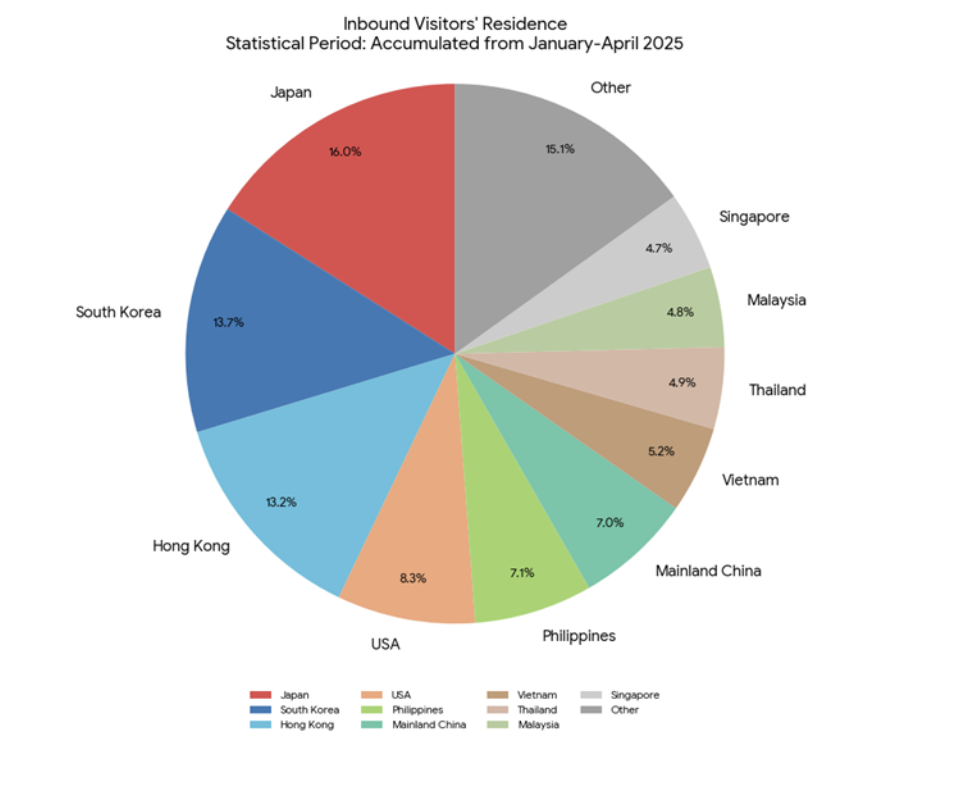
Image: Inbound Taiwan visitors’ residences from January-April 2025 (Image source: Tourism Statistics Database, Ministry of Transportation)
Taiwan’s local governments are also seizing every opportunity to promote tourism to boost local economies. For example, the Kaohsiung city government has exchanged delegations with numerous countries, such as Malaysia, Singapore, Thailand, South Korea, and Vietnam, to promote itself as a tourist destination. In particular, the city has highlighted its local food scene to travel agencies and major media outlets from the respective countries, and has invested heavily in renovating and revitalizing areas to appeal to tourists.
Last February, Kaohsiung held its inaugural Sunshine Island Vibe Fest in a further effort to generate tourism. In order to put on the event, Kaohsiung partnered with local representative offices from the Philippines, the United States, Japan, and Thailand. The event’s goal was to promote cultural exchange, tourism, business, and regional cooperation among participating nations. It featured fresh food, live music, and a chance for attendees to build connections and develop greater familiarity with businesses and products from Taiwan and other participating nations. Meanwhile, Taiwan’s Tourism Administration (交通部觀光署) has hosted overseas events to encourage individuals to visit the island, such as the Taiwan Day promotional event held in Thailand. In another move to support tourism, the Taiwanese government has enlisted a local Thai celebrity and travel agencies to produce a short film and other promotional materials.
In 2024, Taiwan’s Central News Agency reported that Kaohsiung’s concerts attracted 1.71 million attendees and generated more than NTD 5.7 billion (USD 174.15 million) in tourism-related revenue. Meanwhile, the Port of Kaohsiung is expected to welcome 115 cruise ships in 2025, with international cruise passenger arrivals estimated to exceed 170,000, an increase from the 90,000 passengers Taiwan welcomed in the previous year. Due to efforts by federal and the local governments, not only are more tourists able to visit Taiwan and gain a first-person perspective of being there in person, but local Taiwanese economies have also benefited.
Conclusion
In the spring of 2023, the Pew Research Center surveyed international favorability regarding Taiwan and found that a median of 48 percent of people across 24 countries hold a favorable view of the island. This is contrasted with a median of 28 percent who hold an unfavorable view of Taiwan. However, of greater interest is the quarter of respondents that have no opinion on Taiwan. This indicates that Taiwan’s image has room for growth and a potential market to advertise tourism to. For instance, European countries like Germany and the United Kingdom tend to have favorable views of Taiwan but make up only a small portion of visitors. Europe as whole only contributed around 30 thousand visitors in May 2025. Europe and its large population—Germany alone has a population of around 84 million—offers economic opportunity for the island’s tourism sector. If Taiwan can tap into that market, it should expand its messaging both to those who have favorable views of Taiwan and those who have no opinion of the island, since they are the most likely individuals to visit Taiwan.
In terms of what future tourism efforts should focus on, a Taiwan Tourism Administration survey discovered that inbound visitors overwhelmingly cited food (82.17 percent), the island’s scenic beauty (69.66 percent), and the friendliness of the Taiwanese (47.20 percent) as reasons for choosing Taiwan for sightseeing. Since Taiwanese officials know why people choose to travel to the island, they should therefore lean into those strengths. For instance, because food is a major draw for tourists, Taiwan should look to that to attract visitors. In this vein, Taiwan can draw inspiration from Thailand’s famous Global Thai Program as an example to follow.
The Global Thai Program is a diplomatic initiative by the Thai Government to increase the number of Thai restaurants worldwide by deliberately crafting policies intended to make it easier for Thai restaurants abroad to import food, train chefs, and receive financial support. By familiarizing people with Thai food, individuals are more inclined to visit Thailand to try the “authentic” version and experience the culture firsthand. Taiwan should do the same and look for local and overseas partners to bring Taiwanese food to the world and more aggressively support the growth of Taiwanese restaurants abroad. One can look at the popularity of boba tea, which has become the poster child of Taiwanese culture to millions, and the success of Din Tai Fung abroad as an example of the potential success Taiwanese food can have when it goes global. In the long run the goals should be to attract more tourists, increase Taiwanese food exports, and familiarize foreigners with Taiwanese cuisine and culture, much like Thailand’s highly successful Global Thai Program.
Soft power is key to the narrative battle between the PRC and Taiwan, and tourism is a key building block of soft power. Soft power is an area in which Taiwan can and has shown success: look no further than the current boba tea craze, and its former role as a hub for Mandopop music. Tourism, as a soft power tool, strengthens international support, enhances visibility, and asserts Taiwanese identity on the global stage. Through visiting Taiwan, it becomes clear that Taiwan is not the same as China. Tourism helps Taiwan tell its story, and fosters understanding and recognition of its unique identity. The island of Taiwan is home to democracy, personal freedom, and a thriving civil society, which stands in sharp contrast to China and its authoritarian tendencies. Therefore, inviting people to experience Taiwan personally may be one of the most practical ways to affirm the nation’s democratic identity. Personal experiences shape people’s opinions in profound ways—and through tourism, Taiwan can shape opinions in its favor while reaping the economic benefit thereof.
The main point: Tourism is known to yield economic benefits, but it can also be used as a tool for soft power. As a result, tourism is one way that Taiwan can assert itself as thriving and successful in the eyes of the global community. Therefore, Taiwan should encourage international tourism to expand its popular image beyond the issues of semiconductors and geopolitical tensions.

